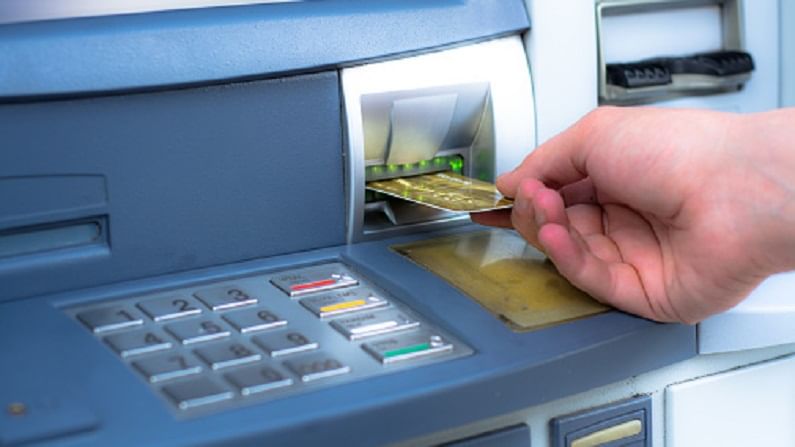NACH auto-debit bounce rate declines marginally in July
The auto-debit bounce rate marginally decreased after remaining high for the previous three months.

The financial sector is witnessing ease in stress among the borrowers. In July, the number of cases of failed auto-debit requests through the National Automated Clearing House (NACH) platform dipped. This has come as a reversal of a three-month trend that emerged with the onset of the second Covid-19 wave. As per data sourced from NACH, a total of 86.4-million transactions were initiated in July. Out of this, 28.7 million transactions, or 33.23% failed, while the remaining 57.7 million were successful.
Bounce rate increased during the Covid-19 peak
The auto-debit requests through the NACH platform which are not successful are called bounce rates. When compared to the previous month of June, this is a significant improvement in bounce rates. Out of 87.8-million transactions initiated in June, 32 million transactions accounting for over 36.5% had failed. In May, 30.8 million transactions which were close to 35.91% of the total number of initiated transactions were unsuccessful. The month of April saw the initiation of 85.4-million auto-debit transactions with a bounce rate of 34.05%. Out of 85.4-million transactions, 56.3 million were successful, while the remaining 29.08 million failed.
Operated by the National Payments Corporation of India (NPCI), the NACH is a bulk payment system. NACH offers many services like facilitating one-to-many credit transfers like payment of pension, salary, interest and dividend. It also helps in the collection of payments for insurance premiums, mutual funds investments and loan EMIs along with utility payments like water, electricity and gas.
The number of auto-debit bounces in March had gone down significantly. Out of all the auto-debit payment transactions which were initiated in March, only 32.7% had failed. Things went for a toss in the coming months when the devastating second wave of the pandemic battered the country. The bounce rate was slowly and steadily going down since last December, due to an increase in regular payments of EMI, insurance, investments and utility payments.
It increased in March, after which auto-debit payment bounces began going up amid the second wave. The high bounce rate continued in April, May and June. In the month of July the situation began to improve.

